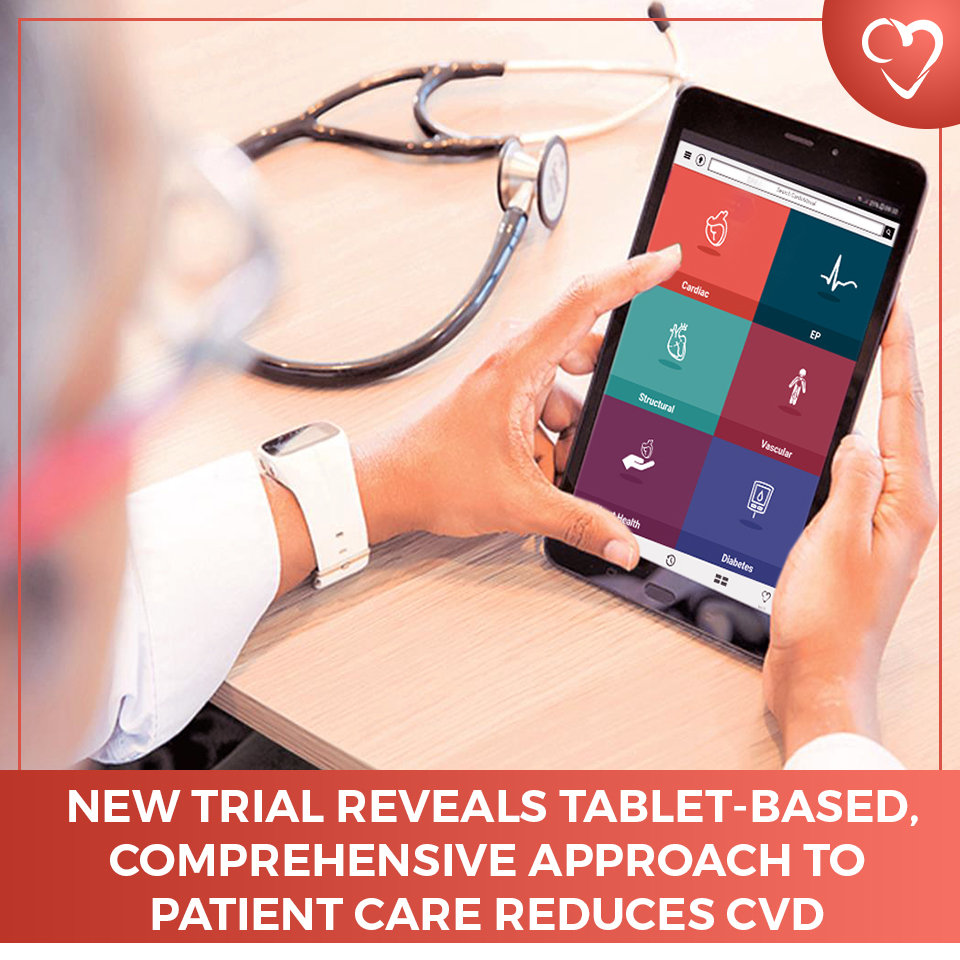
Care and prevention provided by non-physician health workers and family members doubled the control of hypertension in participants when compared with the usual care. According to a randomized trial of 1,371 adults in two countries published in The Lancet, a substantial reduction in CVD can be achieved within a year with a new comprehensive approach using support from non-physician health workers, patient’s families, and free medications. Researchers found that the extra support more than doubled control of hypertension, significantly reducing the risk of heart disease and stroke when compared with the current standard of care.
In the trial, the intervention group received lifestyle guidance from non-physician health workers using a tablet-based app. We here at CardioVisual are so excited to see more research being put into the benefits that can be gleaned from mobile device-based healthcare information and the involvement of family with non-physician health workers.
Governments are seeking new methods of reducing CVD mortality by removing barriers to risk reduction, such as improving awareness, medication compliance, adopting healthy behaviors, lower cost medicines, and better access to care. The Lancet further explains the trial results, saying, “After 12 months, participants treated using the combined strategy reduced their estimated risk of developing cardiovascular disease in the subsequent 10 years by half. They also achieved a reduction in blood pressure of over 11 mm Hg and a reduction in LDL cholesterol of nearly 0.5 mmol/L.”
Similarly, CardioVisual is a valuable educational tool that non-physician health workers and patients’ family members can use to work together with the patient to gain education on cardiovascular health issues and improve health outcomes. Download it for your practice today.